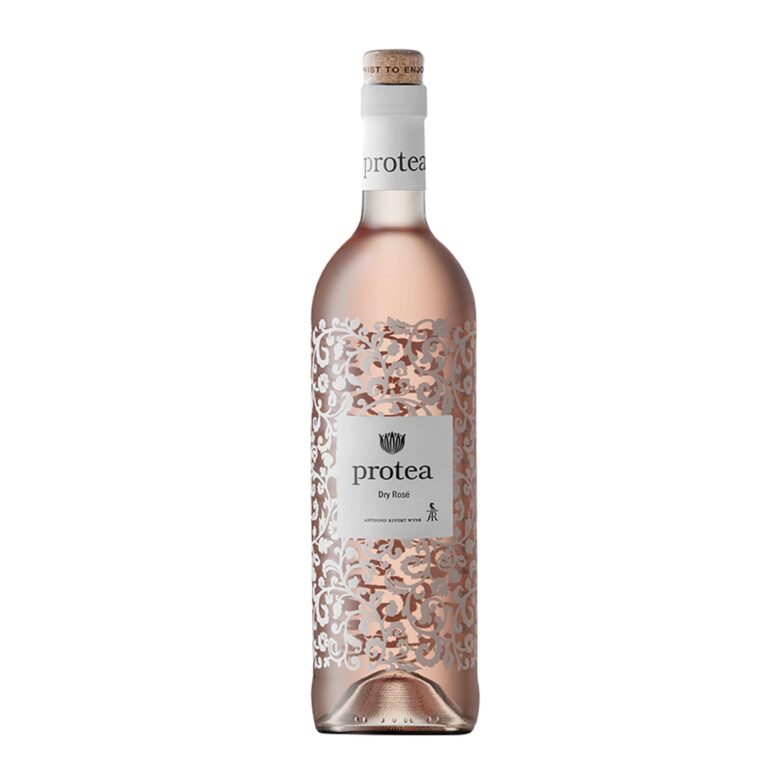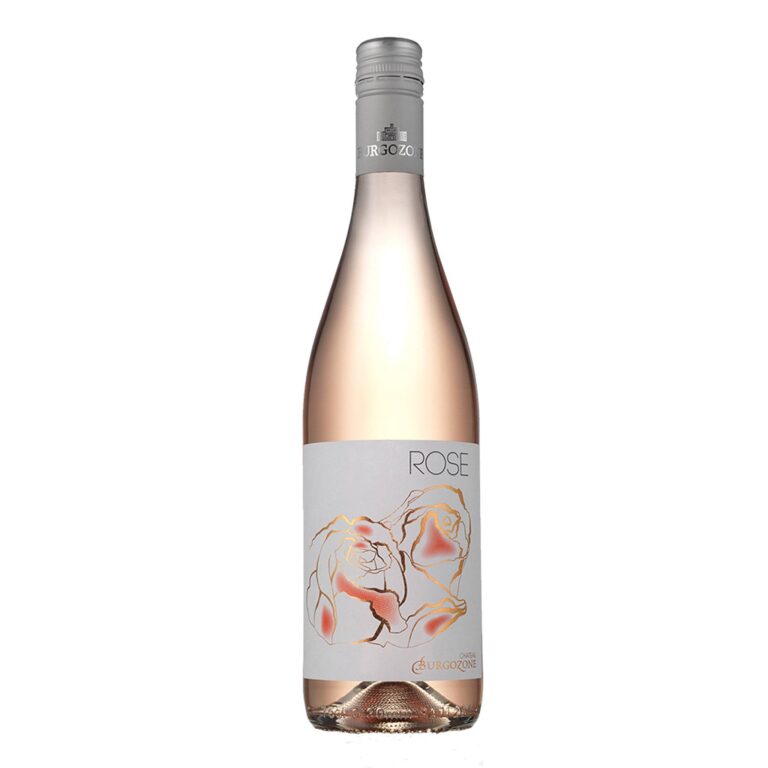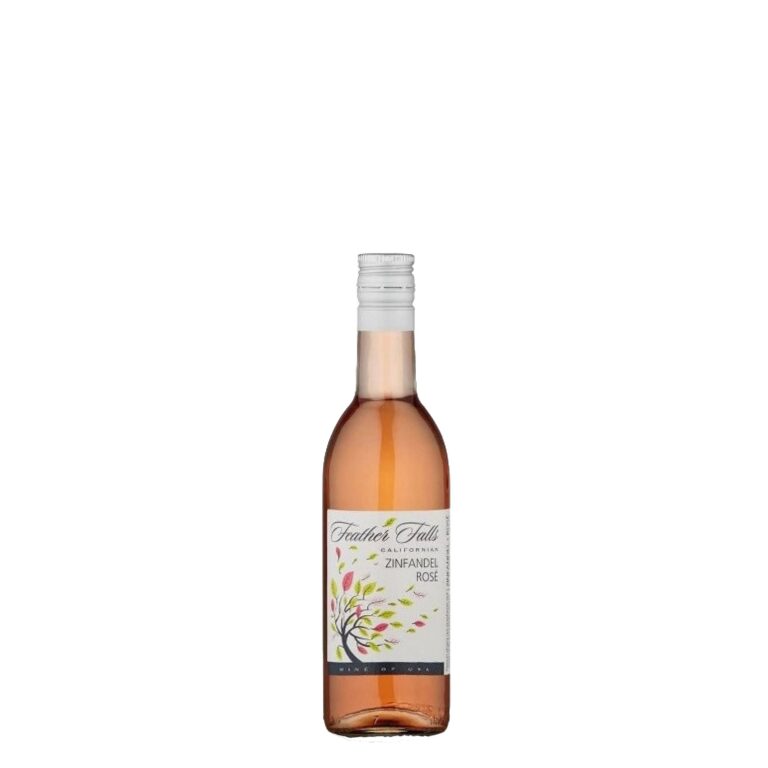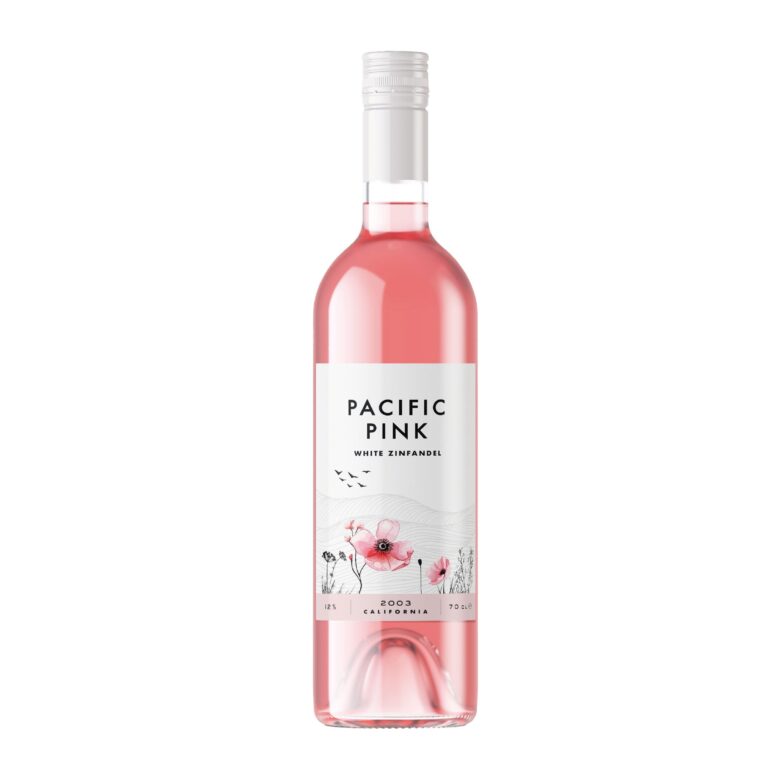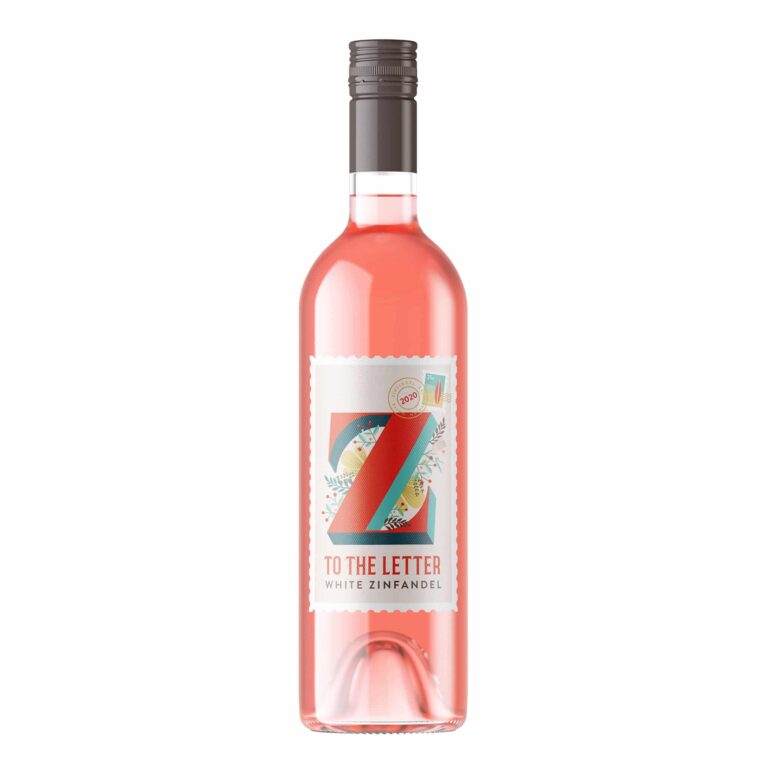Rose Wine
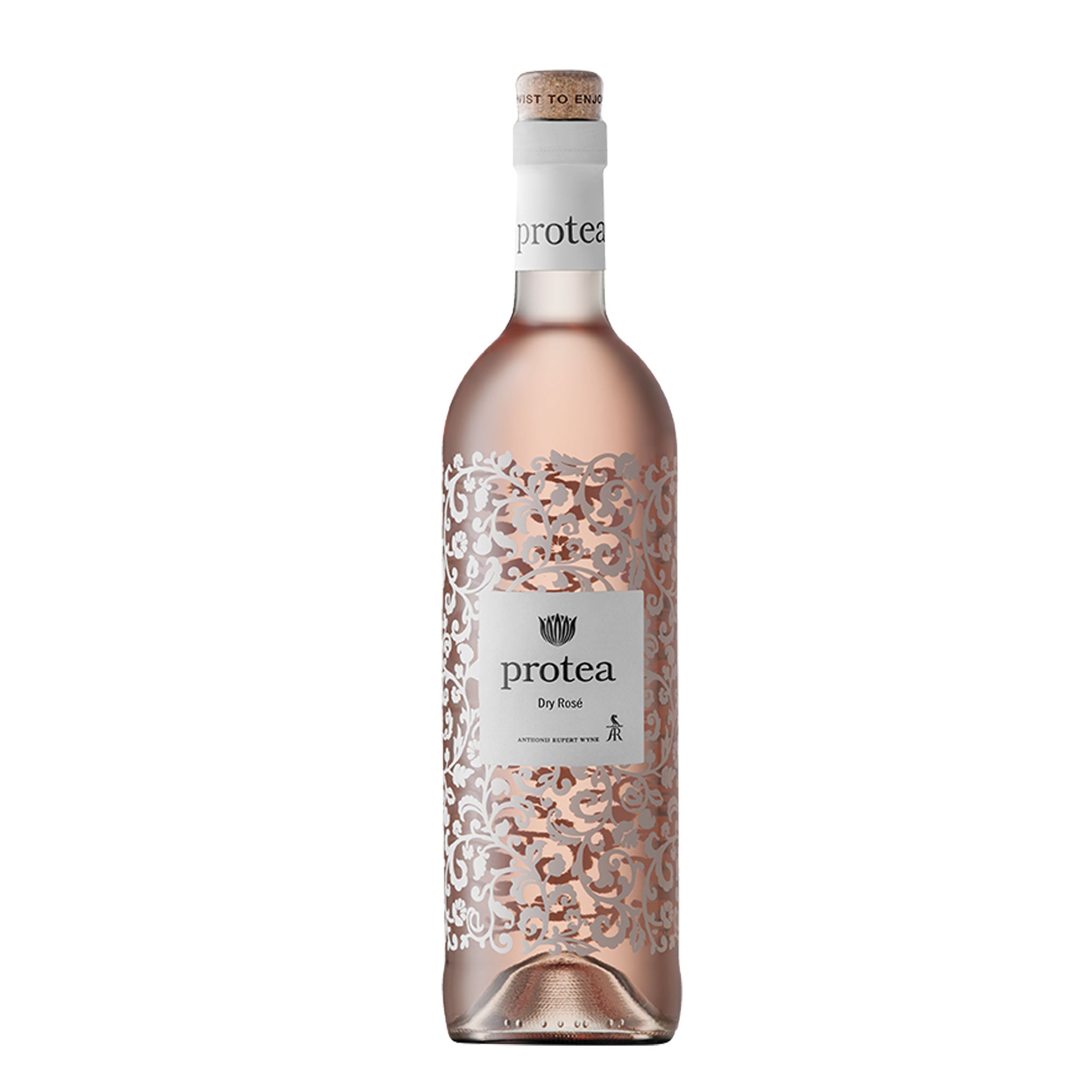
A Brief Look at How Rosé Is Made
Recognizing just how rosé a glass of wine is made helps you value why each container tastes so different. There are 3 primary techniques wine makers use:
Maceration (the standard approach).
Red grapes are smashed, and the juice sits with the skins briefly– just enough time to pick up that soft pink shade and delicate tastes. The juice is then divided and fermented like a white wine. This method prevails in Provence, generating light, crisp rosés.
Saignée (the “bleeding off” method).
In this method, wine makers draw off some juice from a batch of red wine early in fermentation. The result is a richer, much deeper rosé– usually a lot more robust and bold.
Mixing (blending red and white).
This is the most basic method and is typically utilized for gleaming rosé glasses of wines like Champagne. A percentage of Merlot is blended with white wine to achieve the preferred shade and taste.
Why Rosé Wine Has Captured the UK’s Heart.
As soon as taken into consideration a specific niche option, rosé has become a mainstay in the UK red wine society. Its surge in popularity isn’t just a passing trend– it’s a reflection of exactly how individuals now drink a glass of wine: even more casually, socially, and with food in mind.
A few factors for its expanding charm:.
It’s unbelievably functional. Rosé collaborates with virtually any kind of meal– from seafood and salads to spicy food and barbecue.
It’s approachable. You don’t need to be a wine professional to delight in rosé; many are light, fruity, and very easy to drink.
It fits the minute. Whether you’re at a picnic, rooftop celebration, or supper for 2, rosé really feels right.
It looks beautiful. Allow’s be straightforward– a chilled glass of rosé is photogenic, excellent for Instagram or simply for raising an evening in.
Popular Types of Rosé You’ll Find in the UK.
When you begin browsing online or in wine shops, you’ll quickly observe that rosé comes in several styles. Right here are several of the most beloved selections offered in the UK:.
1. Provence Rosé (France).
The timeless option– light pink, completely dry, and stylish. Provence rosés typically taste of strawberry, peach, and citrus with a crisp finish. Perfect for seafood, salads, or sipping on the outdoor patio.
2. Spanish Rosado (Spain).
Rosados are bolder and much deeper in shade, with notes of cherry, raspberry, and herbs. They’re brilliant with smoked meats or tapas-style meals.
3. Italian Rosato (Italy).
Italian rosé glass of wines vary by area, however typically strike a dynamic balance between fruitiness and acidity. Try a Rosato from Puglia for something vivid and food-friendly.
4. Californian Rosé (USA).
Usually fruit-forward and juicy, these rosés usually showcase flavors of ripe strawberry, melon, and citrus. They pair incredibly with summer season outings or zesty recipes.
5. English Rosé (UK).
An exciting category is growing: English wineries are generating spectacular rosés, particularly shimmering variations. They’re usually crisp, delicate, and clearly rejuvenating, usually made from Pinot Noir grapes.
The Perfect Food Pairings for Rosé Wine.
Among the best things about rosé is how easily it couples with food. Its balance of fruit, acidity, and freshness implies it complements a large range of meals.
Right here are some tried-and-true pairings:.
Light, completely dry rosé: Pair with smoked fish, sushi, or goat cheese salad.
Medium-bodied rosé: Perfect for pasta with tomato sauce, smoked hen, or Mediterranean fare.
Sweeter rosé: Lovely with hot Thai, Indian curries, or fruit desserts.
Sparkling rosé: Great for celebrations– pair it with canapés, smoked salmon, or strawberries.
If unsure, follow this easy rule: match the strength of a glass of wine with the food. Light rosé for fragile meals, fuller-bodied rosé for hearty ones.
1. Decide What Style You Like.
Not all rosé white wines are developed equal. The greatest difference typically boils down to sweetness and body. Here’s a basic overview to help you narrow it down:.
Dry Rosé– Crisp, rejuvenating, and commonly pale in color. Anticipate subtle tastes of citrus, melon, and berries. Perfect for those who favor Gewurztraminer or something light with food.
Attempt: Provence rosé, English rosé, or a Spanish Rosado.
Off-Dry (Slightly Sweet) Rosé: A gentle touch of sweetness equilibrates fruity flavors like strawberry or watermelon. Great for casual drinking.
Try: Rosé from California or Portugal.
Pleasant Rosé– Rich, juicy, and full of red fruit character. These wines have a tendency to be crowd-pleasers, specifically for those brand-new to a glass of wine.
Try: White Zinfandel or a rosé Moscato.
2. Take Note Of Color (It’s Not Just for Looks).
That beautiful pink shade tells you more than you might think. As a basic rule:.
Pale pink = lighter, drier flavor.
Much deeper pink = riper, fruitier, and commonly sweeter taste.
Do not evaluate by shade alone, yet it’s a helpful beginning factor. If you favor a crisp, stylish glass of rosé, opt for the palest tones (like those from Provence or southern England). If you love succulent fruitiness, pick something with a richer tone– think Spanish or Californian designs.
3. Find out to Read the Label (Without the Jargon).
Red wine tags can look daunting, yet they, in fact, have clues that aid you in making better selections. Here’s what to look for:.
Area– Provence, Rioja, or Kent? Each area has its very own design and character.
Grape Variety: Common grapes in rosé consist of Grenache, Syrah, Pinot Noir, and Tempranillo. Each brings somewhat different tastes.
ABV (Alcohol by Volume)– A reduced ABV (11– 12%) commonly implies a lighter, crisper wine. Greater ABV (13%+) has a tendency to be fuller and fruitier.
Vintage Year: Rosé is best taken young. Search for the most current vintage (generally the last 1 or 2 years).
When buying rosé wine online, many UK retailers likewise include tasting notes– do not skip them! They’re a wonderful means to obtain a feeling of flavor before you click “include in basket.”.
How Much Should You Spend on Rosé Wine?
You don’t need to invest a lot of money to take pleasure in wonderful rosé. In fact, a lot of the very best bottles for everyday drinking fall in between ₤ 8– ₤ 15.
Here’s a rough overview:.
Under ₤ 10– Simple, refreshing, and excellent for casual drinking.
₤ 10– ₤ 20– A wonderful area for quality and flavor. Numerous Provence rosés and English containers live right here.
₤ 20+– Premium rosés, including gleaming or small-batch white wines ideal for gifting or celebrations.
If you’re brand-new to rosé, begin in the ₤ 10– ₤ 15 range– you’ll locate a lot of high-grade choices without breaking the bank.
How Rosé Wine Compares to Sparkling Wine.
Sparkling rosé is entitled to a fast mention of its very own. It’s the party variation of rosé– bubbly, crisp, and ideal for events.
While traditional sparkling wines (like Prosecco or Champagne) are white, rosé versions have a little bit of extra depth and fruit character.
Finest sparkling rosé choices in the UK consist of:.
English Sparkling Rosé– Crisp, classy, typically made with Pinot Noir.
Rosé Prosecco– Light and slightly sweet, optimal for breakfast or informal gatherings.
Rosé Champagne– Luxurious and complex, excellent for anniversaries or presents.
If you want to get sparkling rosé or a glass of wine in the UK, it’s worth checking respectable retailers like Majestic Wine, The Wine Society, or Waitrose Cellar, which offer both local and global choices.
Frequently Asked Questions (FAQs).
1. What’s the very best rosé a glass of wine to get in the UK?
It depends on your taste and spending plan. If you like dry and classy wines, opt for a Provence rosé (like Whispering Angel or Mirabeau). For something more local, try English rosés from vineyards such as Chapel Down or Gusbourne.
2. Is rosé a glass of wine pleasant or completely dry?
Rosé can be either, but the most preferred options in the UK are completely dry. Look for terms like “completely dry” or “crisp” on the tag, or check the region– Provence and English rosés have a tendency to be drier, while Californian or Portuguese rosés may be sweeter.
3. Should rosé red wine be cooled?
Absolutely. Rosé preferences best when offered well-chilled (around 8 ° C). Pop it in the refrigerator for a number of hours before alcohol consumption, or in an ice pail for 20 minutes if you’re brief on schedule.
4. How long does rosé last after opening?
Most rosés remain fresh for 2– 3 days if you reseal and cool them. For gleaming rosés, utilize a champagne stopper to keep the bubbles dynamic.
5. Can you age rosé wine?
Typically, rosé is made to be delighted in young– within a year or two of bottling. A few premium rosés (like particular Bandol or Tavel red wines from France) can age magnificently, yet the majority are best fresh and vivid.
Conclusion: Discover Your Perfect Rosé Today.
Rosé wine is more than simply a fad– it’s a celebration of every little thing individuals love about wine: flavor, quality, and togetherness. Whether you’re loosening up in the yard, commemorating with pals, or searching for that ideal bottle online, rosé offers a world of color and character waiting to be explored.
From Provence standards to English sparkling treasures, there’s a rosé for every taste, spending plan, and occasion. If you have not yet discovered your favorite, begin discovering– you might be one bottle away from finding the wine you’ll come back to all year round.
If you’re prepared to take the following step, discover reliable UK retailers or local wineries online. Numerous offer hassle-free home shipment, tasting packages, and expert suggestions tailored to your preferences.
Cheers to uncovering your next favorite rosé.

